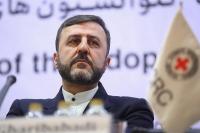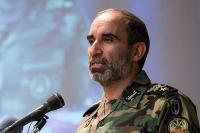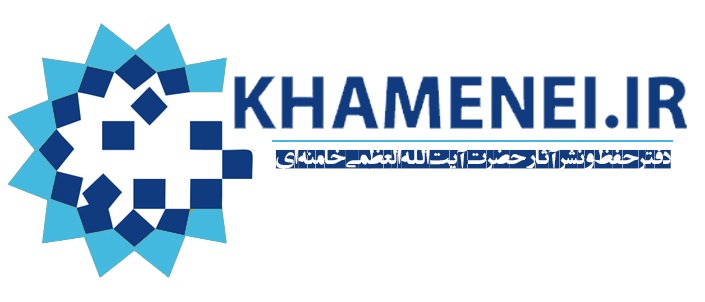
UNICEF Iran Office voiced its readiness on Thursday to support the government's efforts in assisting the affected people in the quake-hit areas in line with UNICEF mandate and core commitments for children in humanitarian action
Yesterday, UN Secretary-General Ban Ki-moon extended his condolences to the Iranian government and nation.
In a statement read by his spokesman Martin Nesirky late Wednesday, Ban expressed his heartfelt grief on the sad occasion.
An earthquake measuring 6.1 on the Richter scale jolted the town of Kaki in Bushehr province on Tuesday, killing at least 39 people and injuring more than 750 others.
The Seismological center of Bushehr province affiliated to the Geophysics Institute of Tehran University registered the quake at 16:22 hours local time (1152 GMT).
The epicenter of the quake was located in an area 51.5 degrees in longitude and 28.4 degrees in latitude.
Iran sits astride several major faults in the earth's crust, and is prone to frequent earthquakes, many of which have been devastating.
The worst in recent times hit Bam in southeastern Kerman province in December 2003, killing 31,000 people - about a quarter of its population - and destroying the city's ancient mud-built citadel.
The deadliest quake in the country was in June 1990 and measured 7.7 on the Richter scale. About 37,000 people were killed and more than 100,000 injured in the northwestern provinces of Gilan and Zanjan. It devastated 27 towns and about 1,870 villages.
In August 2012, two quakes in Northwestern Iran also claimed the lives of 306 people and injured more than 4500 others.















































